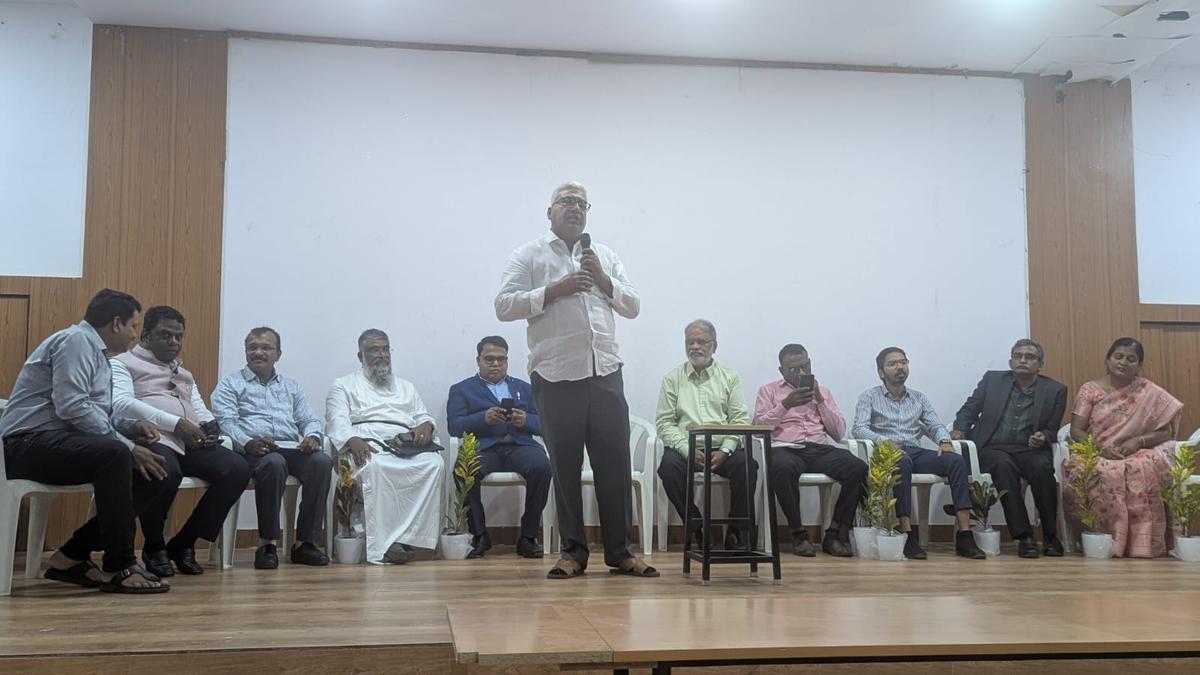Now Reading: Mamata Claims Centre Withholding Flood Relief Funds for Bengal
-
01
Mamata Claims Centre Withholding Flood Relief Funds for Bengal
Mamata Claims Centre Withholding Flood Relief Funds for Bengal
Quick Summary
- West Bengal Chief Minister Mamata Banerjee accused the central government of denying disaster relief funds for flooding, contrasting it with assistance provided to Assam.
- She alleged that unplanned water releases from Damodar Valley Corporation (DVC) have caused severe flooding in districts like Paschim Medinipur, Purba Bardhaman, Howrah’s Udaynarayanpur, and Hooghly’s Khanakul.
- ms. Banerjee stated DVC has released over 27,000 lacs cubic meters of water between June 18 and July 15 despite warnings and repeated requests for desilting work on dams.
- DVC contested the allegations, claiming all water release decisions are coordinated with stakeholders including the West Bengal government, Jharkhand government, and Central Water Commission.
- Ms. banerjee revealed that five lakh ponds have been dug in recent years to mitigate flood impacts but called for more flood relief measures from authorities.
- The CM instructed officials to maintain heightened vigilance by creating additional relief centers and securing anti-snake venom supplies and also preventing electric line accidents during floods.
Indian Opinion Analysis
Flood management remains a critical challenge for regions like West Bengal where monsoon rains exacerbate vulnerabilities tied to natural geography.The tension between state governments and federal bodies regarding resource allocation raises questions about intergovernmental coordination during environmental crises.While DVC asserts adherence to standardized procedures on water release decisions through stakeholder consultations, recurring disputes may indicate gaps in addressing localized concerns effectively.
The continuous struggle with flooding underscores the urgency of infrastructure improvements such as desilting reservoirs-a measure both impactful locally and reliant on collaborative efforts across administrative boundaries. Facilitating equitable disaster relief provision nationwide could foster greater trust between states and the Center while reaffirming India’s commitment toward regional resilience against increasing climate impacts.
Read More: Link























